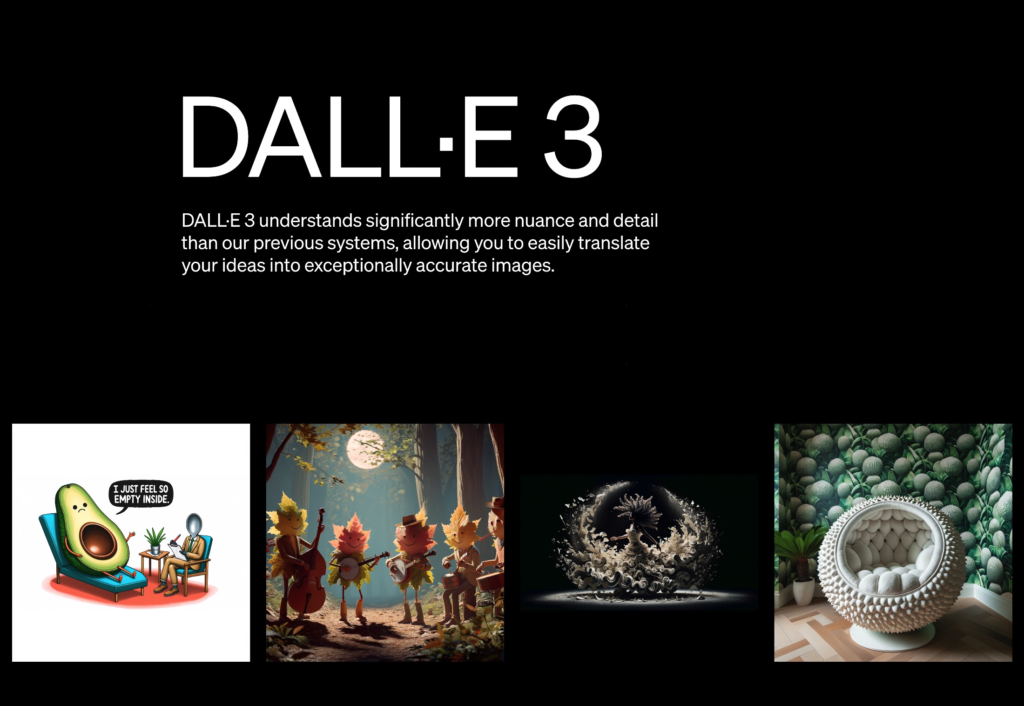Background
OpenAI is a non-profit research company with the stated goal of promoting and developing friendly AI in such a way as to benefit humanity as a whole. It was founded in 2015 by Elon Musk, Sam Altman, and others with a $1 billion commitment. In 2019, OpenAI partnered with Microsoft, which agreed to provide $1 billion in funding over five years.
The world of artificial intelligence (AI) has been abuzz with recent events at OpenAI, a non-profit research company dedicated to ensuring that artificial general intelligence benefits all of humanity. The sudden ouster of Sam Altman, OpenAI’s co-founder and CEO, followed by Microsoft CEO Satya Nadella’s call for governance change, has sparked a critical discussion on leadership dynamics and governance structures in the rapidly evolving AI landscape.

Conflict
In 2021, Musk resigned from OpenAI’s board of directors. He cited concerns about the company’s relationship with Microsoft and the potential for AI to be used for malicious purposes. Musk also criticized OpenAI’s decision to release its GPT-3 language model to the public, arguing that it could be used to create harmful content.
A Tumultuous Turn of Events: A Timeline of Microsoft and OpenAI’s Leadership Shakeup
2015
- OpenAI is founded by Elon Musk, Sam Altman, and others with a $1 billion commitment.
2016
- Microsoft announces a partnership with OpenAI to develop AI technologies that will benefit humanity as a whole.
2019
- Microsoft agrees to provide OpenAI with $1 billion in funding over five years.
2021
- Elon Musk resigns from OpenAI’s board of directors, citing concerns about the company’s relationship with Microsoft and the potential for AI to be used for malicious purposes.
2023
- November 16: OpenAI’s board of directors announces that CEO Sam Altman will be stepping down, citing concerns about his communication with the board.
- November 17: OpenAI announces that CTO Mira Murati will serve as interim CEO.
- November 17: OpenAI president Greg Brockman announces his resignation.
- November 18: Microsoft releases a statement affirming its commitment to its partnership with OpenAI.
- November 19: OpenAI announces that Twitch co-founder Emmett Shear will serve as interim CEO.
- November 20: The overwhelming majority of OpenAI’s employees sign an open letter urging the board to resign.
- November 21: OpenAI’s board of directors announces that Sam Altman will be reinstated as CEO.
Consequences
- The leadership turmoil at OpenAI has raised concerns about the company’s future and its ability to develop AI responsibly.
- The conflict between OpenAI’s board and its employees has highlighted the importance of transparency and accountability in AI governance.
- The events at OpenAI have renewed the debate about the potential risks of AI and the need for safeguards.

Future Implications
- The events at OpenAI could have a significant impact on the future of AI development and governance.
- The company’s ability to overcome its current challenges will be crucial to its success and the future of AI.
- The lessons learned from OpenAI’s experience could help to shape the development of AI in a way that benefits humanity as a whole.
A Tale of Two Leaders: Altman’s Visionary Leadership and Nadella’s Emphasis on Governance
Sam Altman’s Tenure: A Legacy of Innovation Amidst Controversies
Sam Altman, a prominent figure in the Silicon Valley tech scene, co-founded OpenAI in 2015 with the ambitious goal of democratizing AI for the betterment of society. Under Altman’s leadership, OpenAI made significant contributions to the field of AI, including the development of groundbreaking technologies like GPT-3 and DALL-E 2. These technologies have demonstrated the immense potential of AI to revolutionize various industries, from healthcare to creative content.
Despite these achievements, Altman’s tenure was not without controversy. His outspoken nature and perceived lack of transparency in communication with the OpenAI board led to his eventual resignation in November 2023. The board cited concerns about Altman’s “candor and communication” as key reasons for his departure.
Satya Nadella’s Leadership: A Push for Transparency and Accountability
While OpenAI grappled with the aftermath of Altman’s departure, Microsoft CEO Satya Nadella stepped forward with a call for governance change. Microsoft, a major investor in OpenAI, expressed concerns about the company’s governance structure and the need for greater transparency and accountability.
Nadella’s statements suggest that Microsoft is committed to ensuring OpenAI’s success and is willing to take a more active role in shaping the company’s future. He believes that stronger governance structures are essential for OpenAI to fulfill its mission of developing AI for the benefit of humanity.
Navigating the Impact on OpenAI and Microsoft: Charting a Course for the Future
Uncertainties and Opportunities for OpenAI
Altman’s departure and the ensuing governance debate have cast uncertainty over OpenAI’s future direction. The company is facing pressure to balance its commitment to open research with the need for responsible development and deployment of AI technologies.
Amidst these uncertainties, OpenAI also faces the challenge of maintaining its reputation as a leading AI research institution. The company must navigate this delicate balance while ensuring that its technologies are developed and used responsibly.
Microsoft’s Role in OpenAI’s Governance: Potential Implications
Microsoft’s involvement in OpenAI’s governance could potentially influence the company’s research priorities and commercial strategies. Some experts believe that Microsoft’s influence could lead to OpenAI’s focus on AI technologies that align with Microsoft’s business interests.
While this potential alignment could bring strategic advantages to both companies, it also raises concerns about the potential for OpenAI to lose its independence and commitment to open research. OpenAI must carefully navigate this relationship with Microsoft to ensure that its mission remains at the forefront of its decision-making.
The Future of AI Leadership and Governance: Striking a Balance Between Innovation and Responsibility

The events at OpenAI underscore the critical need for effective leadership and robust governance structures in the AI domain. As AI continues to permeate various aspects of society, it is crucial to establish clear guidelines and oversight mechanisms to ensure that AI technologies are developed and used responsibly.
The future of AI leadership will likely involve a balance between visionary innovation and responsible stewardship. Leaders must possess the foresight to envision the transformative potential of AI while also demonstrating the commitment to ethical considerations and ensuring that AI benefits all of humanity.
Current Situation
OpenAI is currently in a state of flux. The company is without a permanent CEO and is searching for a new leader who can navigate the complex challenges of AI governance. OpenAI is also facing increasing scrutiny from policymakers and the public, who are concerned about the potential risks of AI.
Conclusion: A Pivotal Moment in the AI Landscape
The leadership transition at OpenAI and the call for governance change serve as a stark reminder of the challenges and opportunities that lie ahead in the realm of AI. These events highlight the importance of fostering a collaborative and responsible approach to AI development, one that balances innovation with ethical considerations and ensures that AI benefits all of humanity.
The future of AI leadership and governance will undoubtedly shape the course of technological advancement and societal transformation in the years to come. As AI continues to evolve, it is imperative to navigate this complex landscape with a clear vision, a sense of responsibility, and a commitment to ensuring that AI serves as a force for good in the world.











